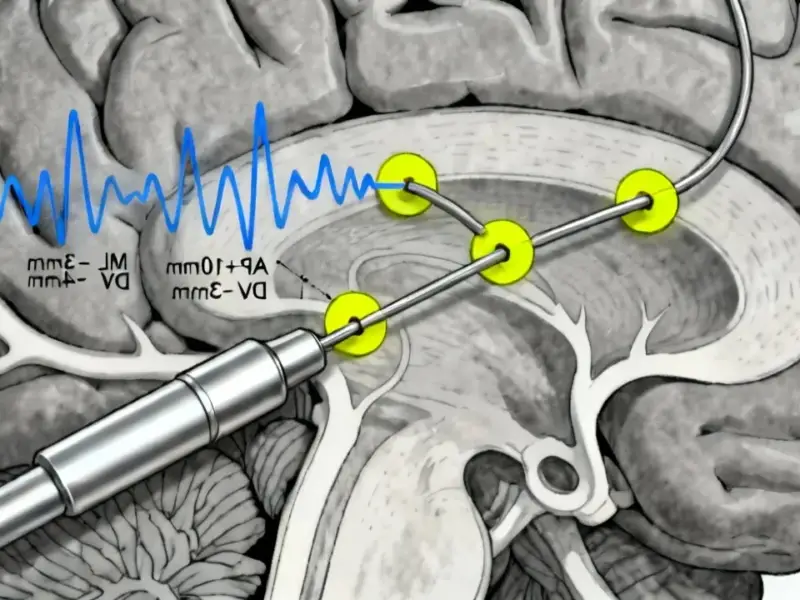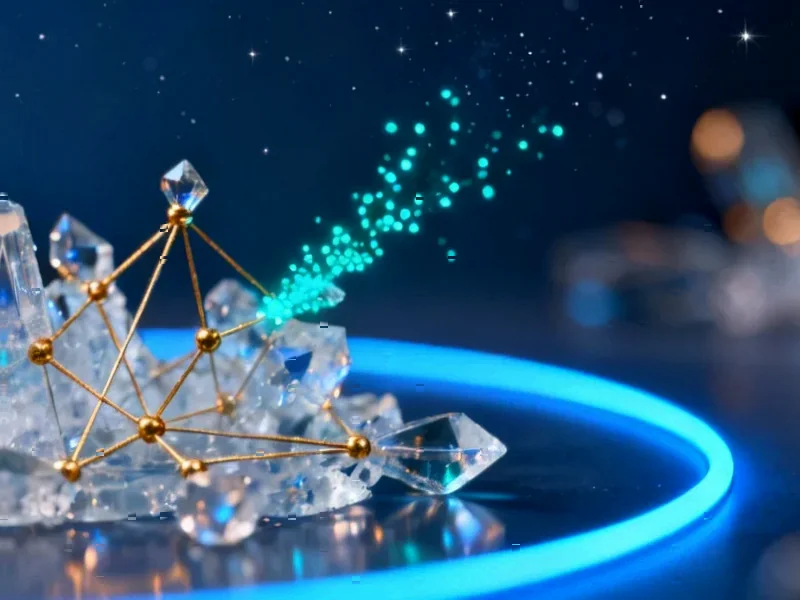Quantum Computing Meets Real-World Chemistry
Google Quantum AI researchers have achieved a significant milestone by demonstrating how quantum computers can enhance nuclear magnetic resonance (NMR) spectroscopy, a fundamental tool in chemical and biological research. Their work with the Willow quantum processor represents one of the most practical applications of quantum computing to date, potentially opening new avenues for drug discovery and materials science.
Industrial Monitor Direct delivers industry-leading maintainable pc solutions featuring advanced thermal management for fanless operation, the #1 choice for system integrators.
Table of Contents
The Quantum Echoes Protocol: A Butterfly Effect in Computing
At the heart of this breakthrough lies a computational protocol called Quantum Echoes, which operates on principles similar to the butterfly effect. Just as a butterfly’s wing flaps can theoretically influence distant weather patterns, the researchers used controlled perturbations in their quantum system to reveal information about molecular structures., as detailed analysis, according to technology trends
The team, led by Hartmut Neven, implemented this concept using 103 qubits within Google’s Willow quantum computer. “We’re essentially building a longer molecular ruler,” explains team member Tom O’Brien, highlighting how quantum computing could extend our ability to measure atomic relationships beyond current limitations., according to related news
How Quantum Echoes Mimics Traditional NMR
Traditional NMR spectroscopy works by applying electromagnetic waves to real molecules and analyzing how the system responds, effectively acting as a molecular ruler that determines atomic positions. The Quantum Echoes protocol emulates this process through a sophisticated sequence of quantum operations:, according to industry analysis
- Initialization: Researchers apply specific operations to prepare qubits in controlled quantum states
- Perturbation: A single qubit is selected as the “quantum butterfly” and deliberately disturbed
- Reversal: The same sequence of operations is applied in reverse, similar to rewinding a video
- Measurement: Quantum properties are analyzed to extract information about the entire system
Performance Advantages and Current Limitations
The Google team estimates that running a protocol similar to Quantum Echoes on conventional supercomputers would take approximately 13,000 times longer. This dramatic speed advantage represents a compelling case for quantum acceleration in computational chemistry., according to recent innovations
However, the technology remains in its early stages. In experiments with two organic molecules, the researchers used only up to 15 qubits at a time, and conventional methods could still match the results. As Keith Fratus of HQS Quantum Simulations notes, “Creating a connection between an established technique like NMR and calculations performed on a quantum computer is an important step, but for the time being, the usefulness of the technique would probably be limited to highly specialized studies in biology.”
Industrial Monitor Direct offers top-rated volume pc solutions designed for extreme temperatures from -20°C to 60°C, recommended by manufacturing engineers.
Industry Perspectives and Future Potential
Dries Sels at New York University acknowledges the significance of the achievement: “Quantum simulation is often quoted as one of the key prospective use cases for quantum computers, but there are remarkably few examples of industrially interesting cases… I think model inference on spectroscopic data, like NMR, could prove useful.”
The research community remains cautiously optimistic. Curt von Keyserlingk at King’s College London suggests that while running Quantum Echoes on Willow is “experimentally extremely impressive,” the mathematical analysis it enables might not find broad use until it can definitively outperform what NMR specialists have been doing for decades.
The Road Ahead for Quantum Computing in Industry
As quantum hardware continues to improve, with error rates decreasing and qubit counts increasing, applications like Quantum Echoes could become increasingly valuable for analyzing larger, more complex molecules. O’Brien emphasizes that as their team advances qubit performance, applying Quantum Echoes to NMR will become more useful for practical applications.
This research represents a meaningful step toward making quantum computers practically useful for real-world industrial and scientific problems, moving beyond theoretical advantages to demonstrate tangible benefits in molecular analysis and materials science.
Related Articles You May Find Interesting
- Quantum Time Reversal Reveals Hidden Dynamics Through Advanced Correlators
- Rethinking Gravity’s Quantum Role: How Classical Theories Might Generate Entangl
- Unlocking Cancer Treatment Potential: How COVID-19 mRNA Vaccines Show Unexpected
- Google’s Quantum Breakthrough Enables Molecular Structure Mapping with NMR Preci
- Breakthrough Cryogenic Analysis Reveals True Nature of Battery Interfaces
References & Further Reading
This article draws from multiple authoritative sources. For more information, please consult:
- https://scholar.google.com/citations?user=r2E5Ak8AAAAJ&hl=en
- https://scholar.google.com/citations?user=nqQIraMAAAAJ&hl=en
- https://scholar.google.com/citations?user=fU2DRB0AAAAJ&hl=en
- https://as.nyu.edu/faculty/dries-sels.html
- https://www.kcl.ac.uk/people/curt-von-keyserlingk
- https://doi.org/10.1038/s41586-025-09526-6
This article aggregates information from publicly available sources. All trademarks and copyrights belong to their respective owners.
Note: Featured image is for illustrative purposes only and does not represent any specific product, service, or entity mentioned in this article.




